Raising a puppy is one of the most rewarding experiences in life. From the excitement that comes with introducing a new friend to the family, to watching them grow into a confident adult; raising a dog can be challenging, but is so rewarding when done correctly. We’ve prepared a list of tips to help you raise your new friend into a happy, healthy dog!

Choose a breed that fits your lifestyle.
Whether you are going through a breeder or adopting from a shelter, it’s a good idea to do some research on what breeds would best fit your lifestyle. Make sure to ask yourself a few questions to help narrow down your choice. Be honest with yourself:
- What is your living situation like? Do you live out in the country with several acres for your dog to explore, in the suburbs with a smaller backyard, or in an apartment complex with little green space for your pet.
- Do you enjoy going for hikes or long walks on a regular basis, or do you prefer to relax at home?
- How often do you travel?
- Do you have children?
- Do you or your family members have any allergies?
Most breeders and humane societies can help recommend whether or not a particular breed would suit your lifestyle. If you lead a more relaxed lifestyle or live in an apartment, we recommend looking into breeds like the Boston Terrier, Shih-Tzu, and Dachshund. If you enjoy leading a higher-activity lifestyle, with frequent hikes, runs, or live on a larger plot of land, Border Collies, Golden Retrievers, and Labrador Retrievers all thrive in active homes.

Prepare your home.
Once you have selected the right breed for you, preparing your home to welcome your new companion is the next step. Before you bring your new pup home, it’s a good idea to do a thorough cleaning and remove all items that can be easily broken or chewed. Removing easily breakable decor, like vases or pots, taping loose electrical cords, and installing gates near stairways are all good first steps towards puppy-proofing your house.

Know your puppy’s nutritional needs.
Choosing your puppy’s food can be a daunting experience with all of the choices available today. If the animal shelter or breeder has outlined any special dietary requirements, be sure to use our Diet Selection Guide to help find the right choice for your pup. Size matters with puppies, so if you have a large breed puppy (a puppy that will mature to weigh over 60lbs) make sure to choose a large breed diet that contains the appropriate protein, fat and calcium to phosphorus ratios.
We recommend feeding portioned meals to your puppy instead of always keeping food available. This will ensure that your puppy is getting proper nutrition and will help to develop food drive, which will make training much easier. When you first bring your pup home you might have to feed them as many as 4-5 meals a day, depending on the breed. Most pet parents are able to cut down to 2 meals a day by the time their pup is 5 months old.

Keep your puppy active, but not too active.
Now comes the fun part, playing with your puppy! Proper exercise is key to helping cultivate a healthy, happy dog. Daily exercise is a must, but it is important not to let them overdo it. Be smart about how much you exercise them; a good rule to go by is five minutes of exercise per month of age, twice a day. For example, a puppy that’s four months old is safe to exercise for 20 minutes, twice a day. This can continue until they are fully grown. Make sure you keep their activities and locations varied, to help encourage your puppy’s problem-solving skills and to encourage discovery. Playing with your puppy is one of the best ways to build trust and strengthen your bond. Remember, dog parks are not appropriate for puppies under 6 months of age.

How to improve your puppy’s manners.
Properly socializing your puppy with both humans and other dogs is essential to raising a happy, respectful dog. Make sure to expose your puppy to a variety of places starting from a young age. Daily walks through public places is a great way to train your dog to comfortably and confidently respond to other humans, as well as cars and other potentially scary stimuli. Most importantly sign up for a puppy training class. Not only will your puppy get to practice basic commands, but training classes are an excellent, controlled socialization experience.
It is very important to remember your puppy is still a baby and to use positive training methods. If you become frustrated it is best to remove yourself from the situation rather than become angry with your puppy and risk breaking trust between you.

Leaving your puppy unattended.
Crate training your puppy is an excellent way to keep them safe when you are not home, and house train them at a younger age. As a general rule of thumb, your puppy can be left in the crate for one hour plus one for every month of its age. So a two month old puppy can be left crated for 3 hours, a three month old puppy can be left crated for 4 hours, etc. If introduced correctly, your puppy should see the crate as a safe space not a punishment.

Does your puppy need a little extra help?
Potty-training your puppy can be a frustrating experience for all parties involved; so when you first bring your puppy home, be prepared for frequent trips outside. If your puppy is still having accidents, it’s important that you don’t punish them, which can cause them to start relieving out of eyesight (behind the couch). Instead, if you catch your puppy having an accident pick them up and take them outside. Use a command such as “go potty” and reward them with a treat when they relieve in the proper area. Hanging a bell on your door can also help them alert you to when they need to go outside. Remember to carry your puppy outside in the morning to avoid accidents on the way to the yard.
And there you have it, FirstMate’s tips for raising a healthy puppy! Your dog is only a puppy once, so be sure to appreciate all of the little moments, both good and bad, that go into raising your companion. Be sure to follow us on Facebook and Instagram for monthly contests, and other fun pet-related giveaways!


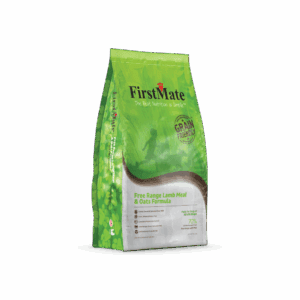
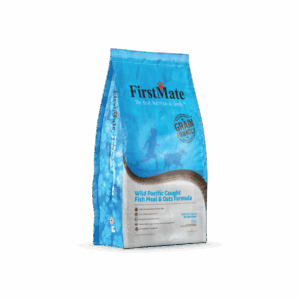
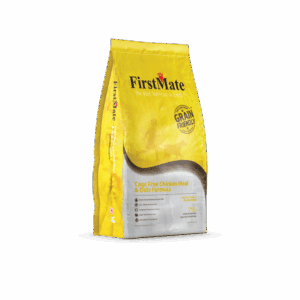

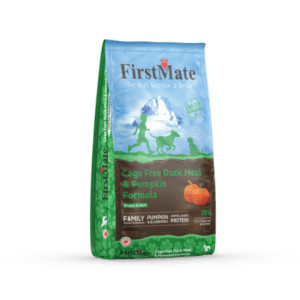

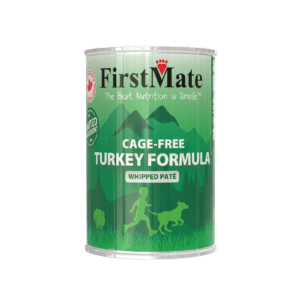


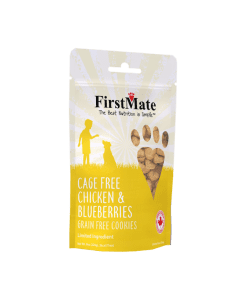
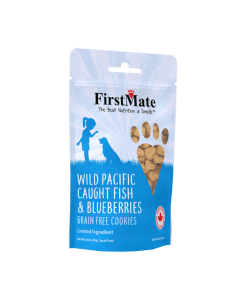
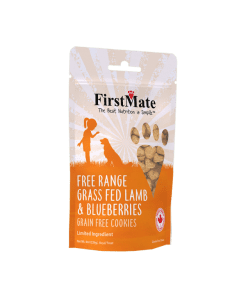
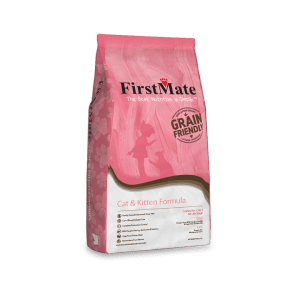
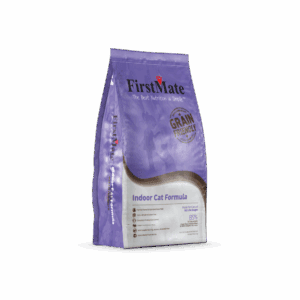

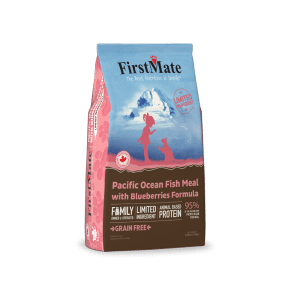
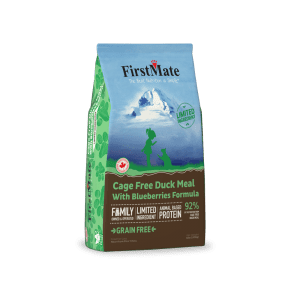
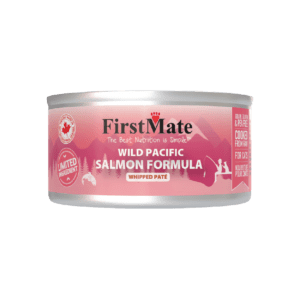
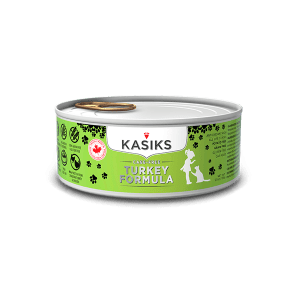



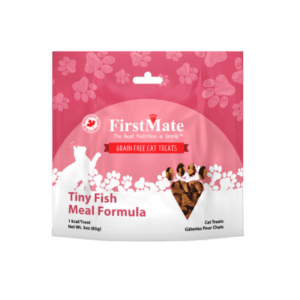
Want to join the discussion? Leave us a comment!